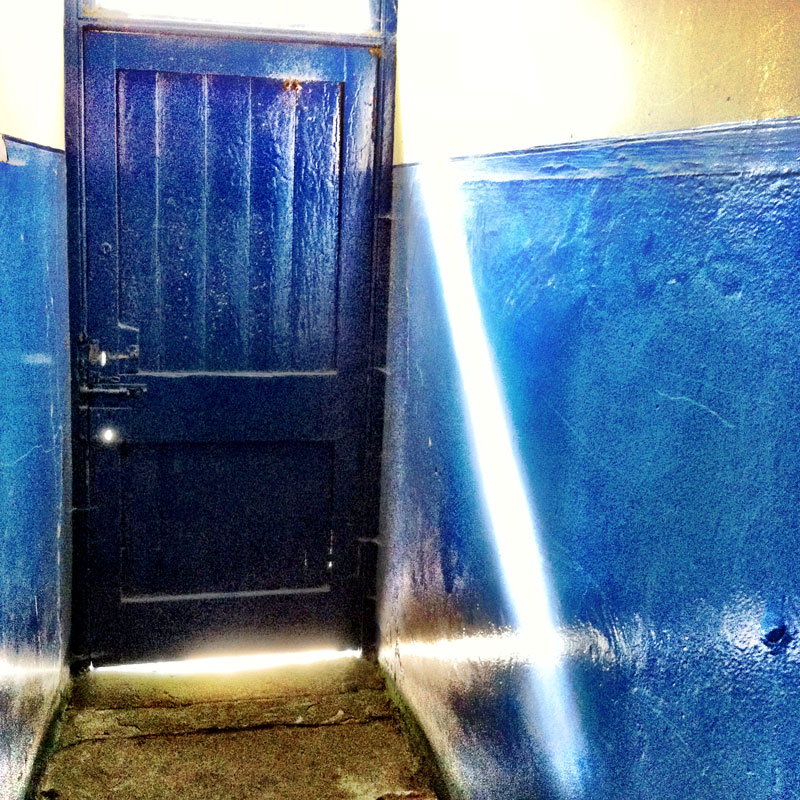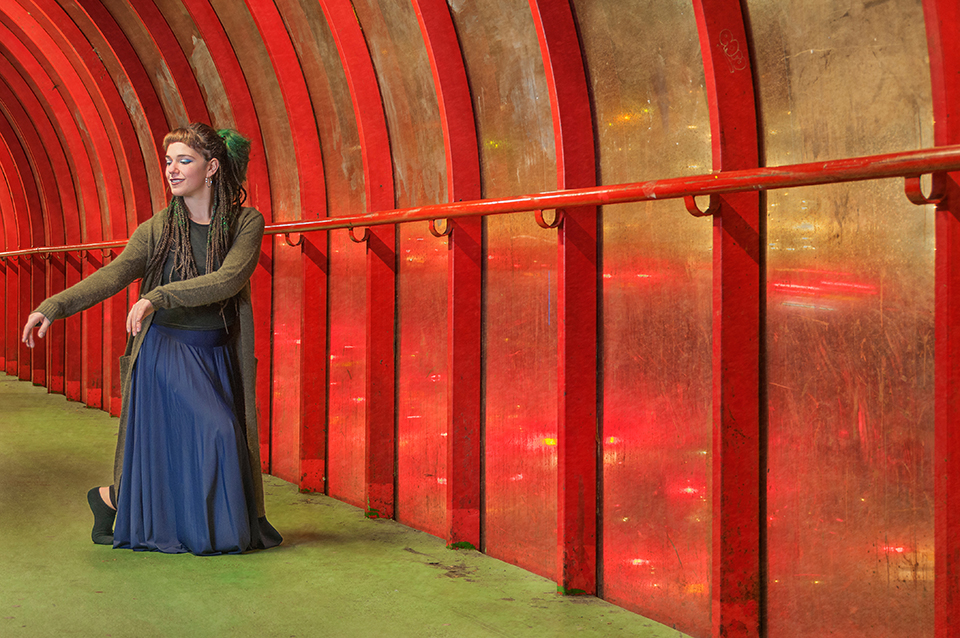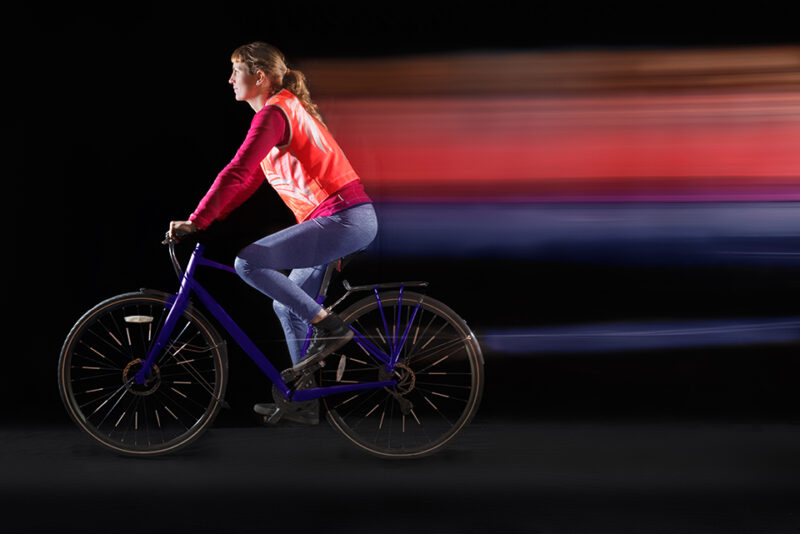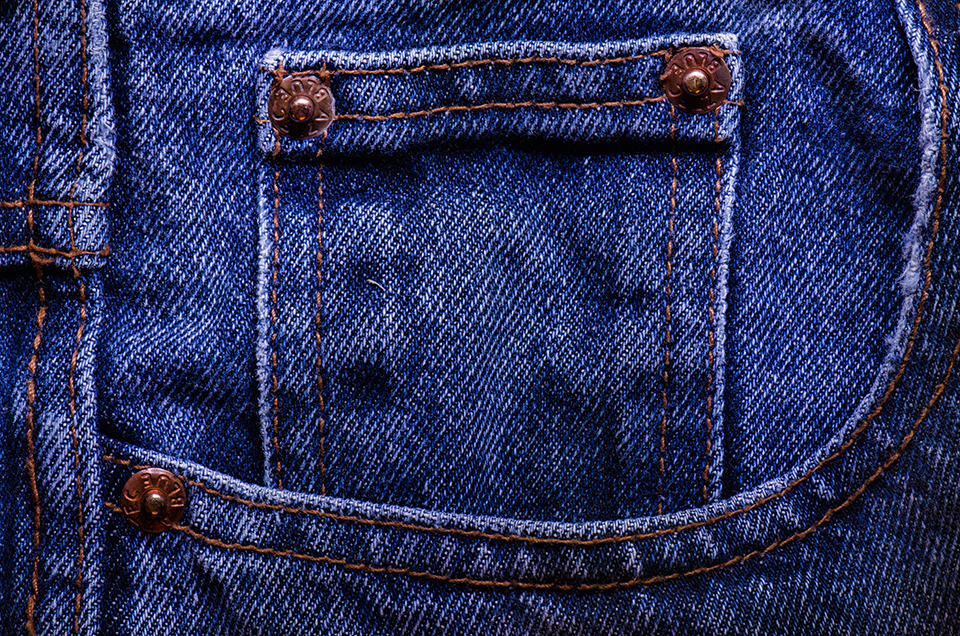Your phone is nearly always with you. Since all smart phones have cameras in them (and pretty good ones these days), most of the time you have a photography device with you. And it’s a wonderful thing. As Jay Maisel put it, “Always carry a camera. It’s tough to take a picture without one.”

I really liked that idea when I first got my iPhone 4, but was soon disappointed. The camera app is really easy to use, which is good. The flip side is that I found it didn’t give me enough control to take correctly exposed photographs in quite a number of situations. So I felt very frustrated and for a few years never thought again about taking pictures with my iPhone.

But never say never, because a few things made me change my mind. First of all, I’m now on social media, and I’m sure, you, the reader are too. Posts with images create much more engagement on Facebook, and never mind Instagram, a social media platform that is primarily visual and created for mobile devices. While these platforms allow you to connect with people all over the world, you will have noticed that in order for social media to be effective, you need to feed the monster with fresh content on a regular basis.

iPhone photography, or iPhoneography, even presents opportunities for professional photographers. Sports photographer Brad Mangin has developed quite a following on Instagram. He even published a book of his baseball iPhone pictures.

According to professional photographer Julian Caverley, clients are asking for some pictures to be shot on smart phones, to accompany a social media campaign. People like the look and feel you get from an iPhone camera.

I therefore decided to take an online class on iPhone photography offered by the Bryan Peterson School of Photography, taught by Holly Higbee-Jansen. It was a real eye opener, to say the least. The camera in your phone is a pretty powerful device, especially when complemented by a number of smart phone apps that allow you to better control your exposures and edit your pictures.
Share this content on




